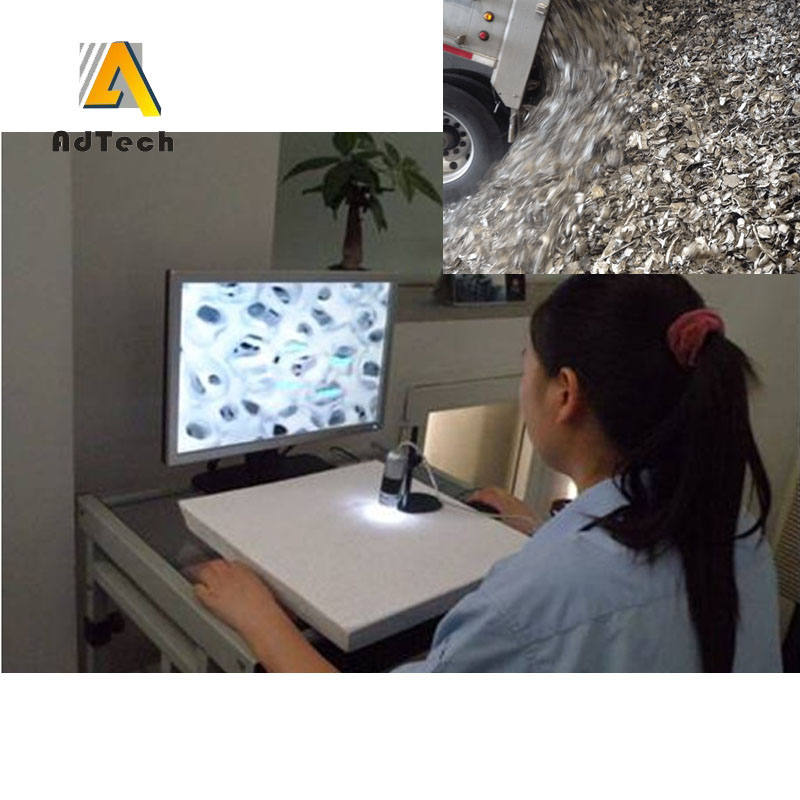
11 7月 High Porosity Ceramic Filter
High Porosity Ceramic Filter
High Porosity Ceramic Filter can effectively remove large inclusions in aluminum liquid and adsorb micron-sized fine inclusion particles to improve surface quality, improve product performance, improve microstructure and improve yield. It is widely used in the production fields of aluminum profiles, aluminum foils, and aluminum alloys.
High Porosity Ceramic Filter
Porosity is the percentage of the total volume of the cavities in the filter plate product to the total volume of the filter plate product. Porosity determines the filtration capacity of the foam ceramic filter plate per unit volume. The larger the porosity, the larger the filtration flow rate of the filter plate and the stronger the filtration capacity.
High Porosity Ceramic Filter Manufacture Process
The Ceramic Foam Filter uses a three-dimensional network structure and an organic foam sponge connected to the pores as a carrier, invading it into a special ceramic slurry with thixotropic properties, and adopting a special roll extrusion process to uniformly apply the ceramic slurry to the skeleton of the carrier. Then, it is dried and solidified and then fired at a high temperature.
sales@adtechamm.com
There are currently two main methods for High Porosity Ceramic Filter
One is to calculate the volume of the hole in the filter plate according to Archimedes’ law, that is, to inject water into the glass beaker with the overflow pipe until the water flows out from the overflow pipe, and the water will be tested when the water is no longer flowing out. All the samples are gently placed in the water, then the water flows out of the overflow tube, and the volume of water in this part is measured. The volume of the overflow water is subtracted from the physical volume of the filter plate, which is the total volume of the holes in the filter plate. volume.
Another method is to separately determine the true density and bulk density of the sample to be tested, and then calculate the porosity of the sample according to the following formula.
These two methods have their own advantages and disadvantages. The method of operation is simple and convenient, and the detection speed is fast, but its fatal weakness is due to the water absorption characteristics of the filter plate material itself, so that the volume of water discharged is smaller than the actual one. This causes the measured data to be too small.
Although the test process of the second method is more complicated, the influence of the water absorption of the filter plate material is excluded during the test, and the obtained data is relatively accurate.
The index of porosity is determined to be greater than 84% in this standard.

How to use High Porosity Ceramic Filter
1. Clean the filter box.
2. Gently put the filter plate into the filter box and press the sealing gasket around the filter plate by hand to prevent the aluminum liquid from flowing.
3. Evenly preheat the filter box and filter plate to bring it close to the temperature of the aluminum liquid. Preheat to remove moisture and facilitate initial transient filtration. Preheating can be carried out using electrical or gas heating. Under normal circumstances, it takes about 15-30 minutes.
4. Pay attention to the change of the aluminum hydraulic head during casting. The normal starting head is 100-150 mm. When the aluminum liquid begins to pass, the pressure head will drop below 75-100 mm, and then the pressure head will slowly increase.
5. During the normal filtration process, avoid knocking and vibrating the filter plate. At the same time, the launder should be filled with aluminum water to avoid too much disturbance of the aluminum water.
6. After the filtration is finished, remove the filter plate in time and clean the filter box.


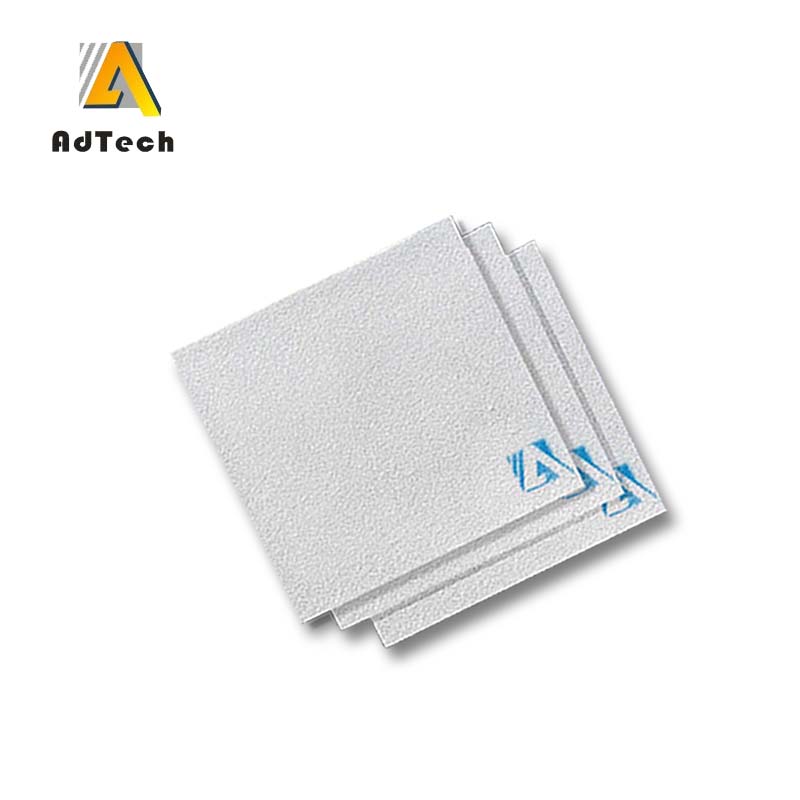
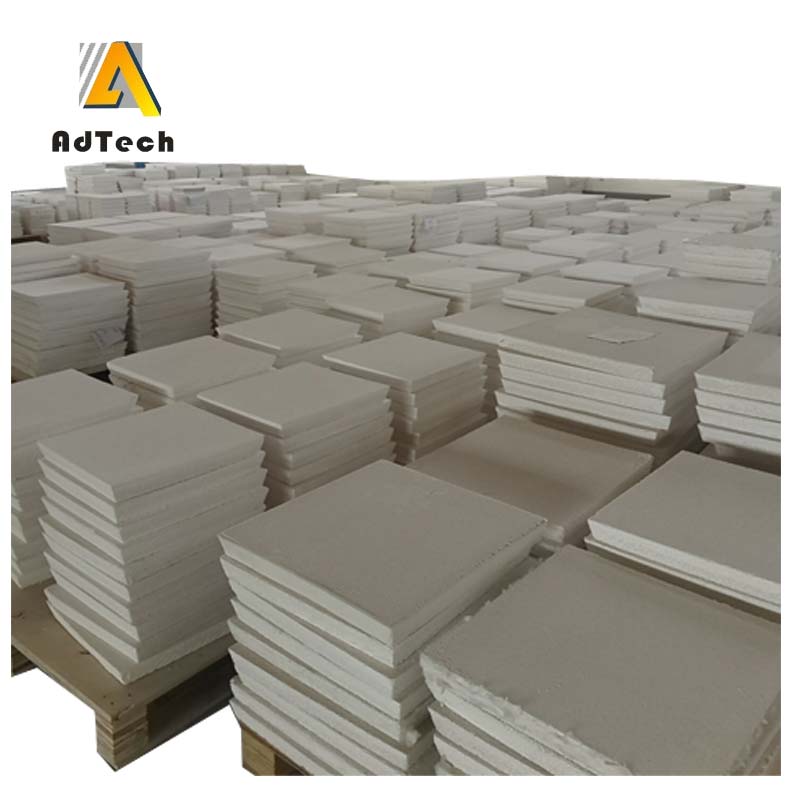
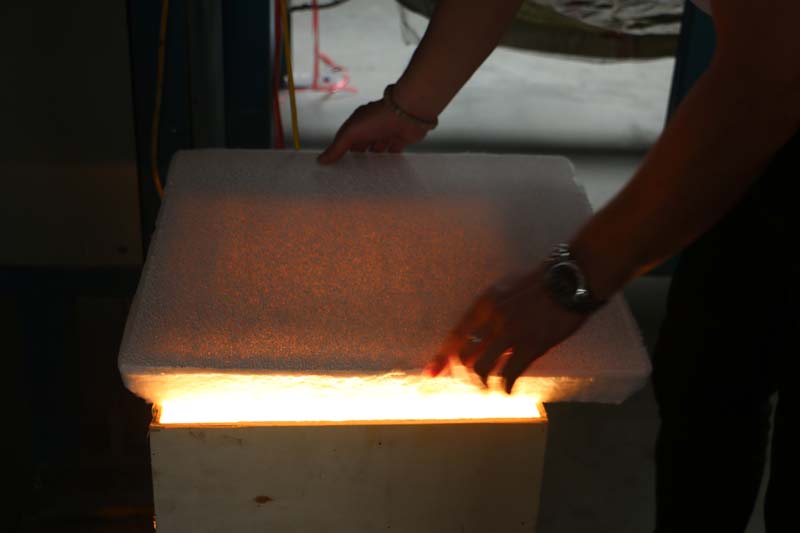
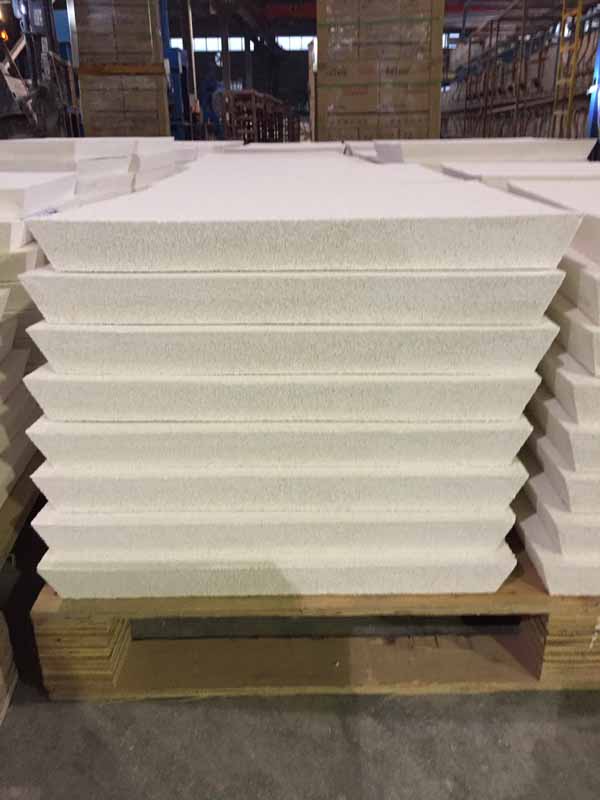
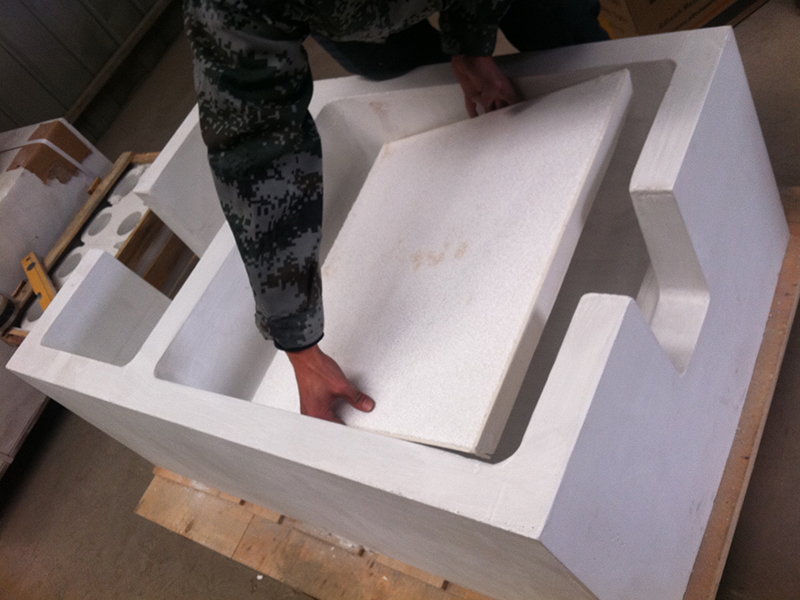
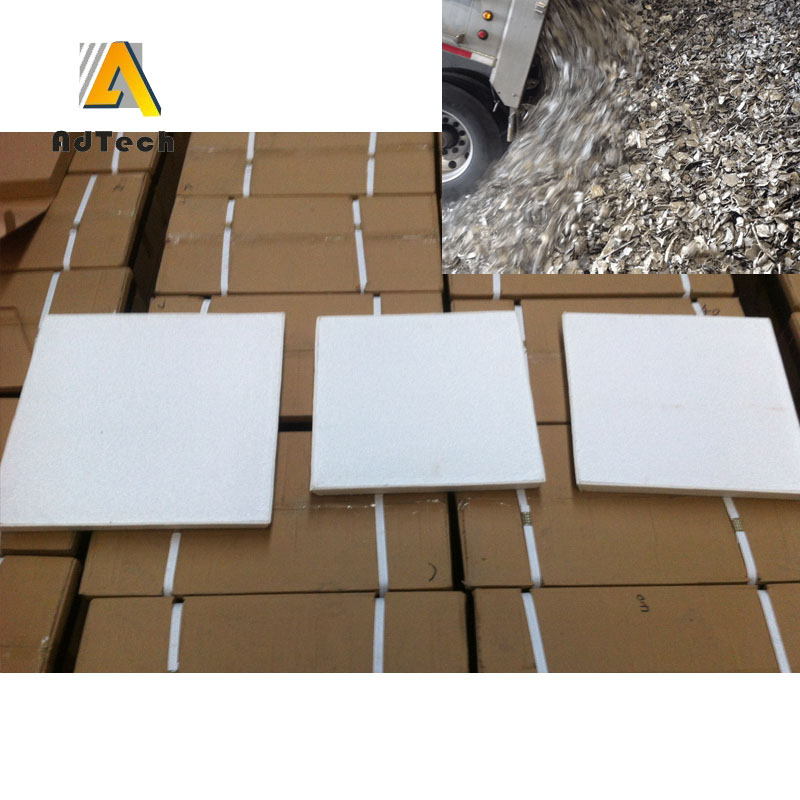
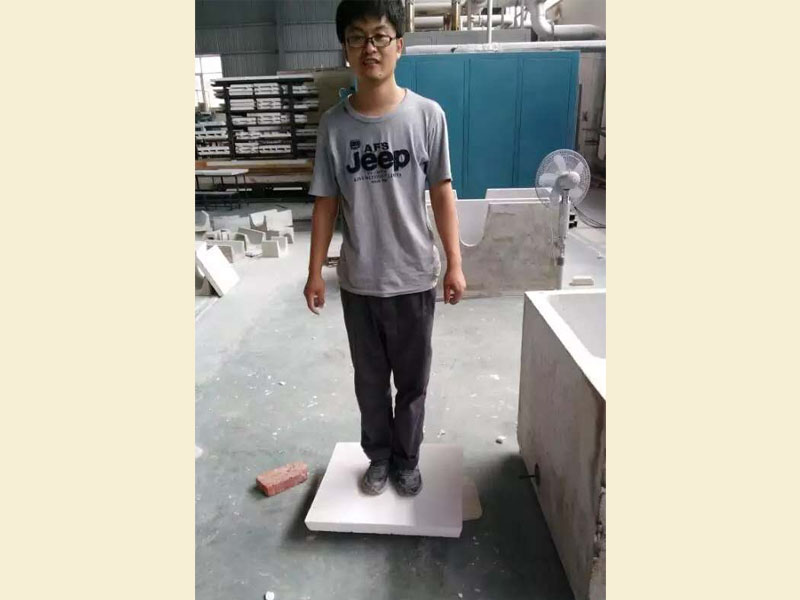
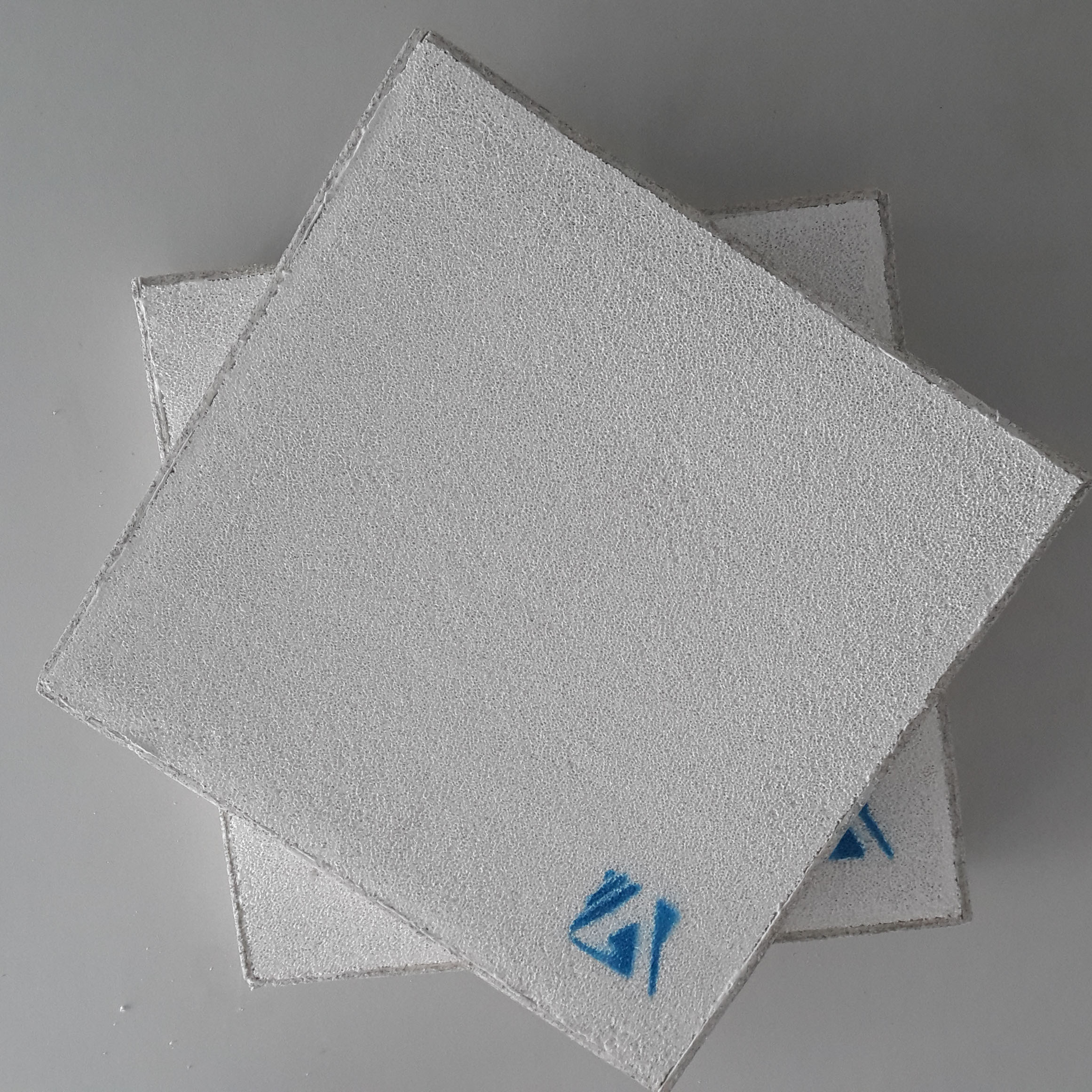
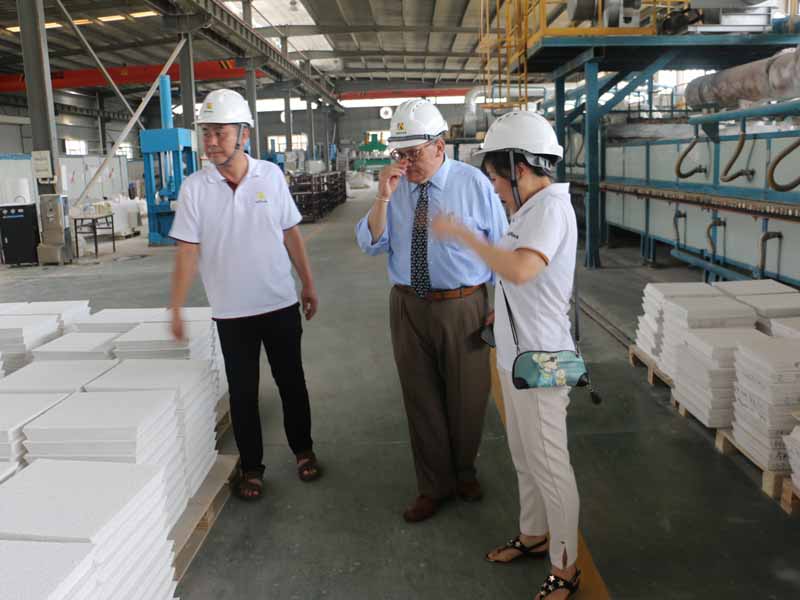
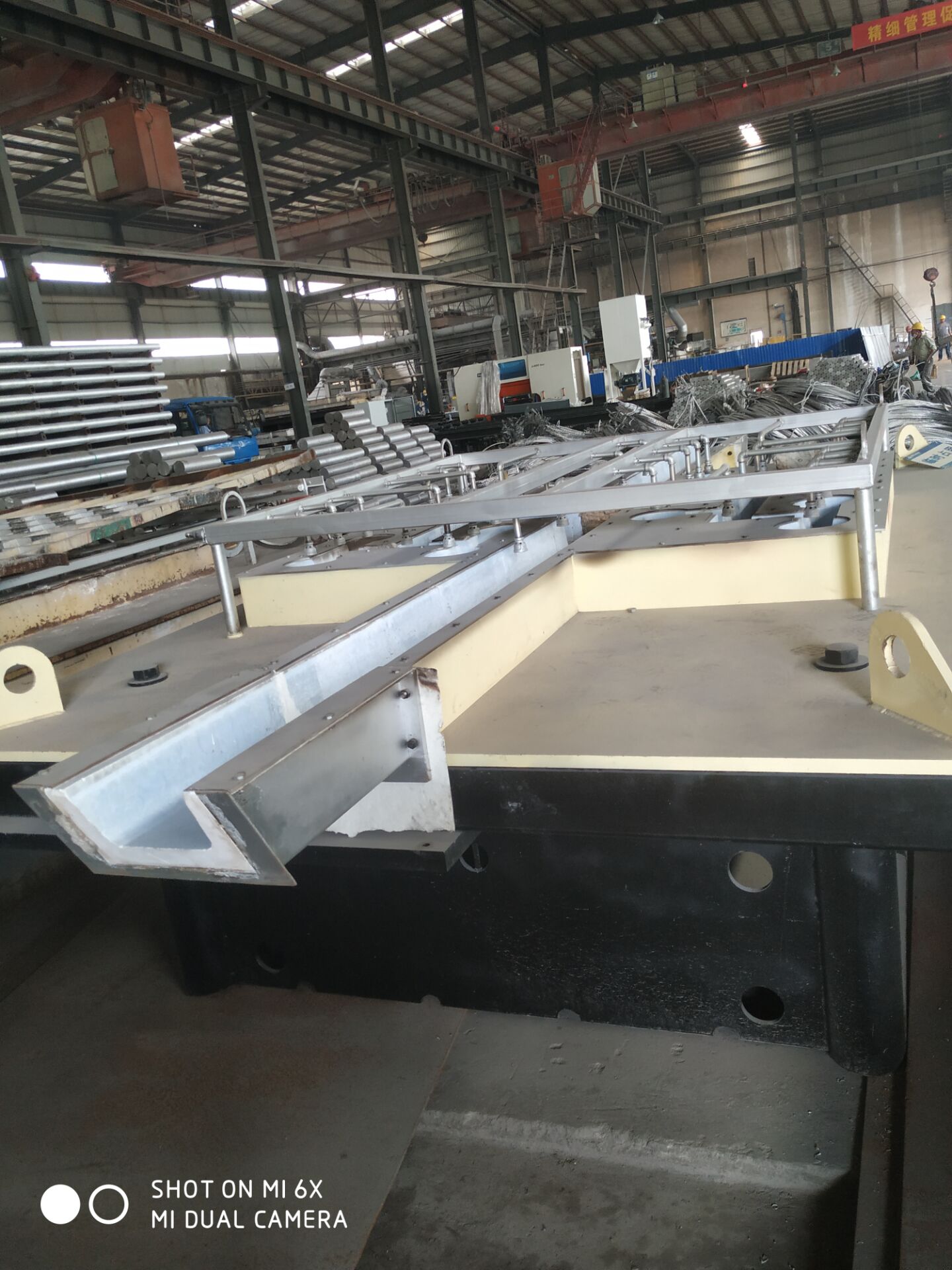
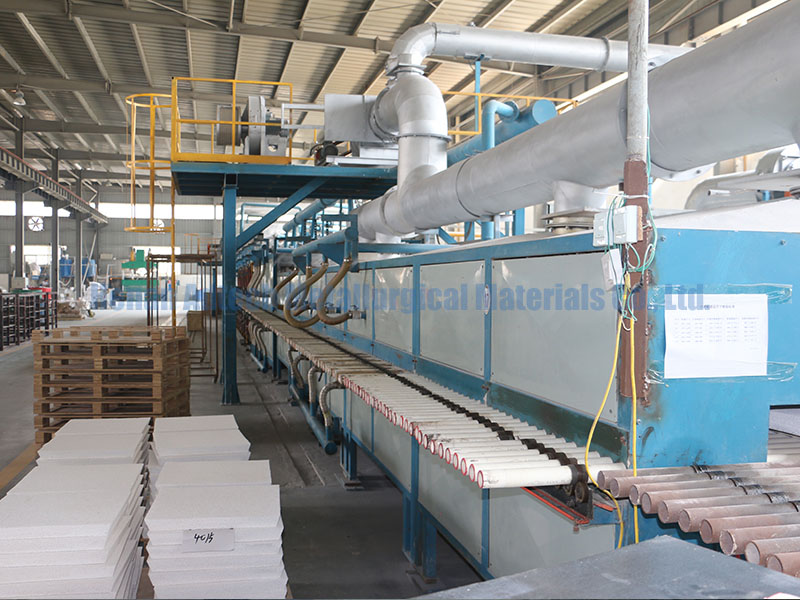
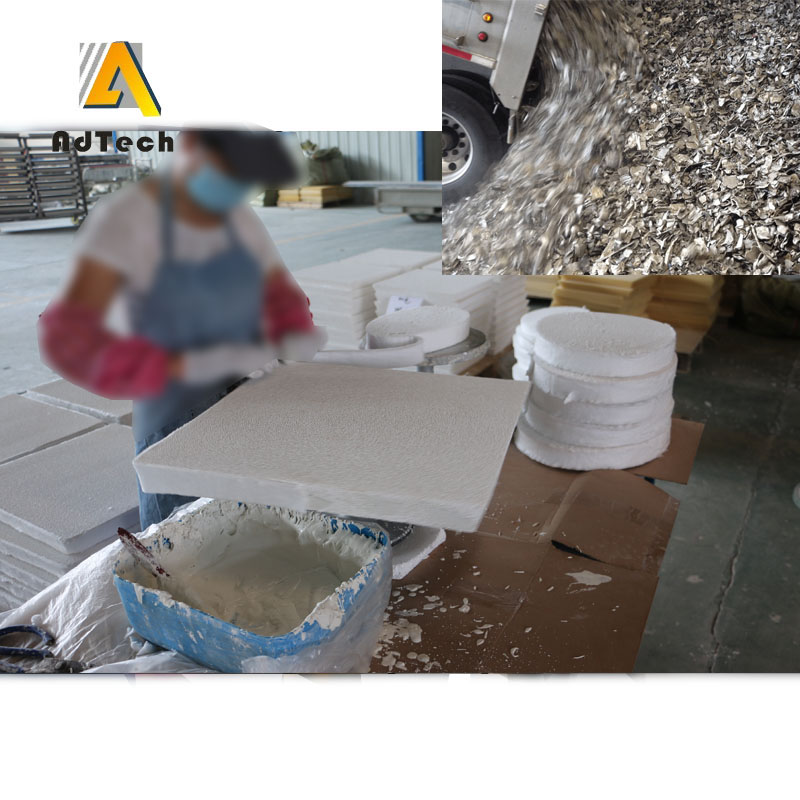
Sorry, the comment form is closed at this time.